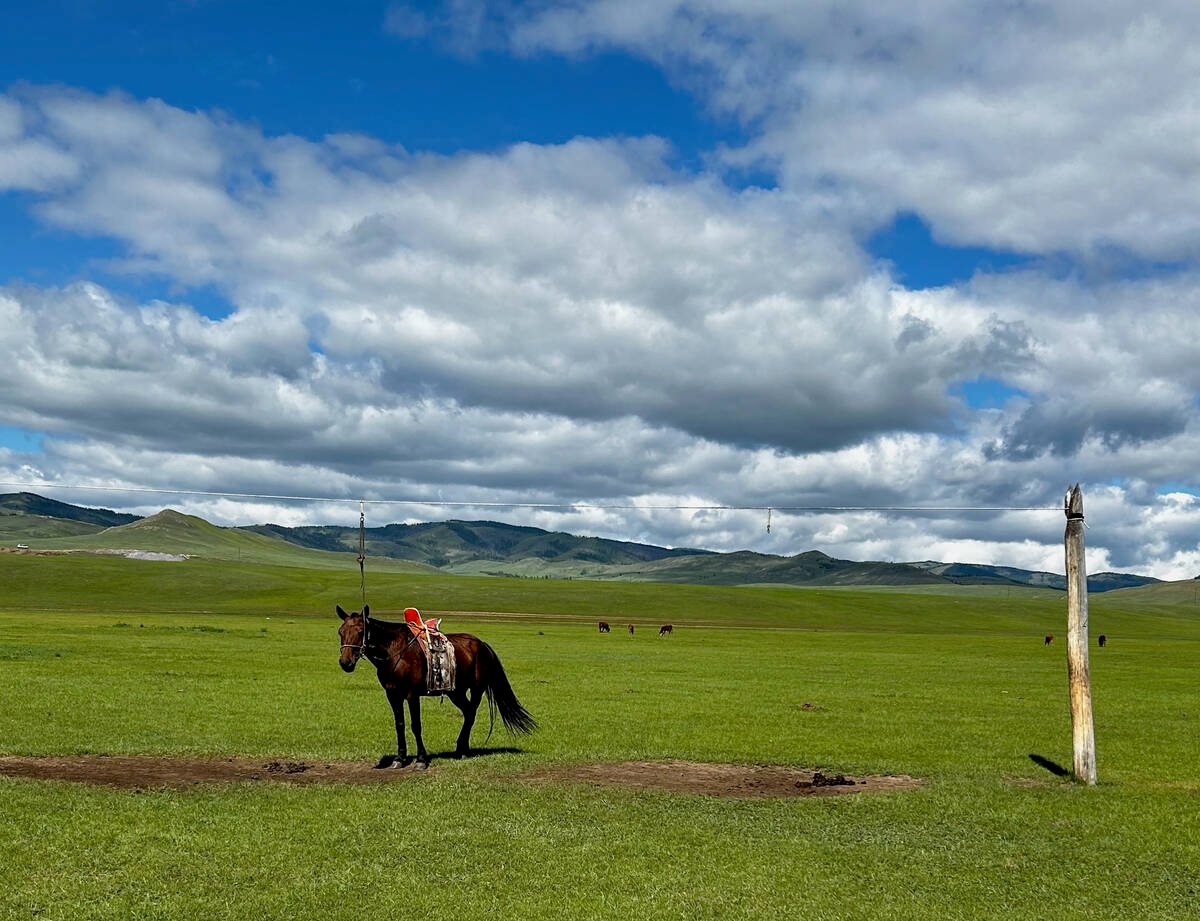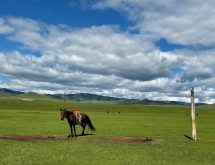It was a difficult year, but United Grain Growers managed to post improved earnings in its year-end financial report released last week.
The company reported net earnings of $16.33 million on total sales of $1.89 billion. That compared to 1997 net earnings of $9.06 million on sales of $1.92 billion.
Chief executive officer Brian Hayward said the results were made despite falling commodity prices, lower farm income and the fact that the company handled 3.5 percent less grain at its country elevators.
Hayward said the company had feared the fourth quarter would be hurt by a dry spring and lower grain prices that could cause farmers to cut back on farm input purchases.
Read Also

University of Saskatchewan experts helping ‘herders’ in Mongolia
The Canadian government and the University of Saskatchewan are part of a $10 million project trying to help Mongolian farmers modernize their practices.
“And yet at the same time you saw the numbers rolling in. I don’t know how to reconcile them other than to say farmers, from our point of view, wanted to do business with us.”
Earnings before interest, taxes and depreciation were $60.58 million, up 11 percent from last year.
UGG posted record earnings in each of its four operating divisions: Grain handling $28.7 million, up five percent over the previous high in 1996; crop production services $20.54 million, up nine percent over last year; livestock services $7.2 million, up 38 percent from 1997 and farm business communications $2 million, up 64 percent over 1997.
Grain handling contributed 49 percent of all income generated by the operational divisions. It is the first time grain handling has made up less than 50 percent of operating division income
Hayward attributed the ability to make more money handling less grain to the efficiency of the company’s country system.
“Our percentage of facilities that have larger car spots, the percentage that have new-generation, high-throughput elevators, I believe is higher than any other company with the exception of someone like ConAgra who has three facilities and they are all high-throughput.”
The company increased spending on facilities after it went public in 1992 and that strategy is paying off with lower operating costs, he said.
UGG invested $54 million during the year, spending about $40 million on new elevators and feed mill expansions and about $12.6 million buying farm service companies and animal feed processors. Hayward expected to spend about the same amount in the current fiscal year.
He said it is easier for the company to invest now that cash flow from operations has grown to about $36 million, about three times what it was in 1990.
Since the company became publicly traded, its compound average annual growth in operating results is about 15 percent, he said.
“We’ve posted strong consistent growth. Every year it is a notch better. It’s not like we have been flat and then hit a home run one year.”
The stock market’s reaction to UGG’s financial results was modest. Bay Street financial analysts do not keep official tabs on UGG and so had no comment on the year-end results.
The company’s share price has been drifting lower from a January high above $16 a share. It hit a low Sept. 16 of $11.10 before rebounding to $11.50 the day after the year-end results were released and then dropped 50 cents to $11 on Sept. 18.














